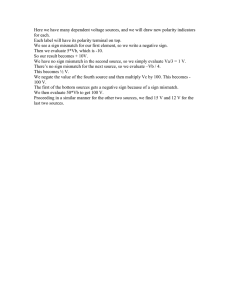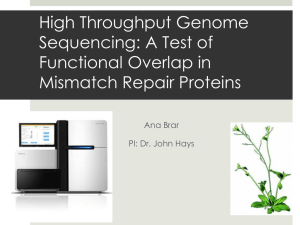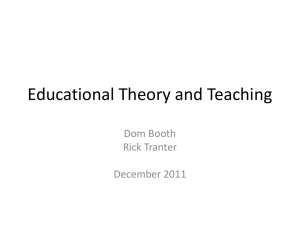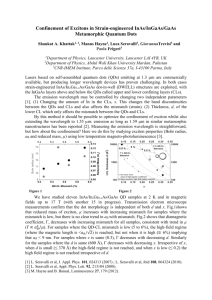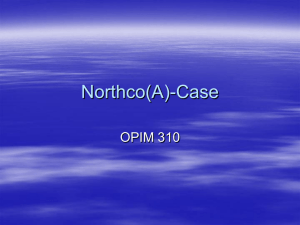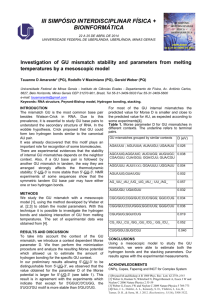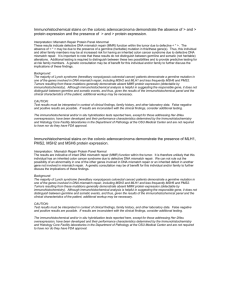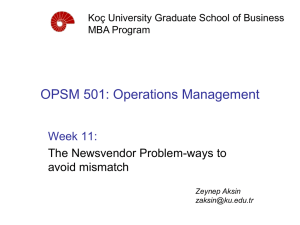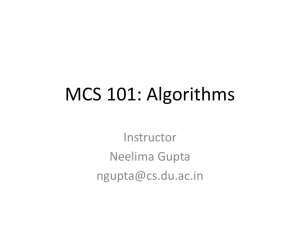abstracts
advertisement
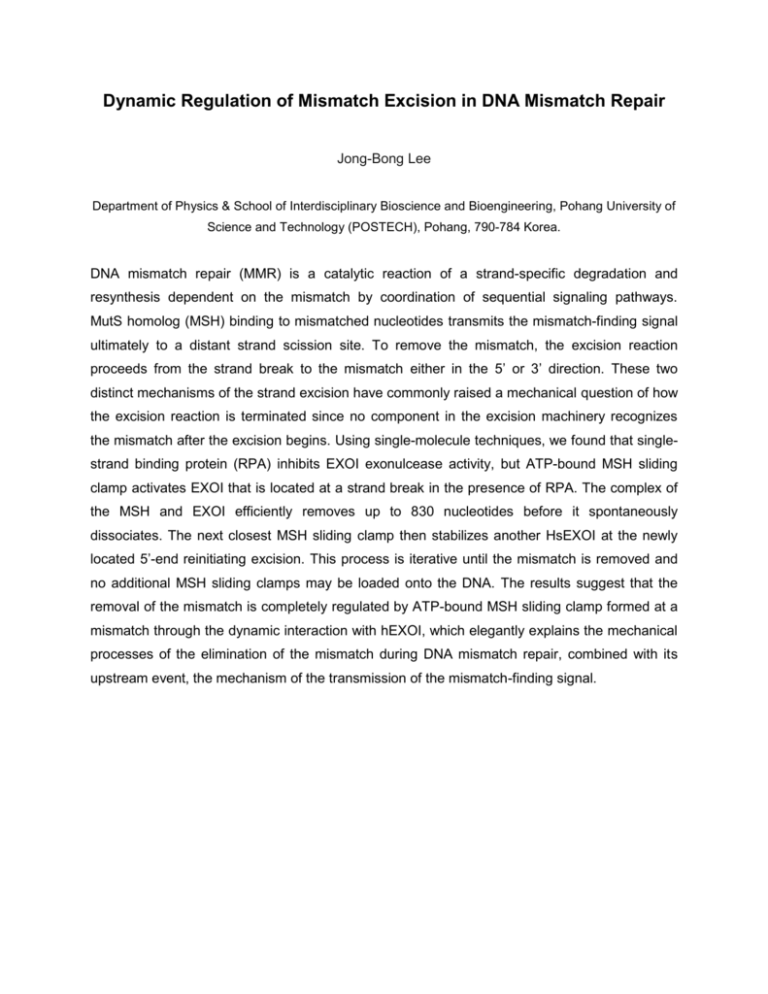
Dynamic Regulation of Mismatch Excision in DNA Mismatch Repair Jong-Bong Lee Department of Physics & School of Interdisciplinary Bioscience and Bioengineering, Pohang University of Science and Technology (POSTECH), Pohang, 790-784 Korea. DNA mismatch repair (MMR) is a catalytic reaction of a strand-specific degradation and resynthesis dependent on the mismatch by coordination of sequential signaling pathways. MutS homolog (MSH) binding to mismatched nucleotides transmits the mismatch-finding signal ultimately to a distant strand scission site. To remove the mismatch, the excision reaction proceeds from the strand break to the mismatch either in the 5’ or 3’ direction. These two distinct mechanisms of the strand excision have commonly raised a mechanical question of how the excision reaction is terminated since no component in the excision machinery recognizes the mismatch after the excision begins. Using single-molecule techniques, we found that singlestrand binding protein (RPA) inhibits EXOI exonulcease activity, but ATP-bound MSH sliding clamp activates EXOI that is located at a strand break in the presence of RPA. The complex of the MSH and EXOI efficiently removes up to 830 nucleotides before it spontaneously dissociates. The next closest MSH sliding clamp then stabilizes another HsEXOI at the newly located 5’-end reinitiating excision. This process is iterative until the mismatch is removed and no additional MSH sliding clamps may be loaded onto the DNA. The results suggest that the removal of the mismatch is completely regulated by ATP-bound MSH sliding clamp formed at a mismatch through the dynamic interaction with hEXOI, which elegantly explains the mechanical processes of the elimination of the mismatch during DNA mismatch repair, combined with its upstream event, the mechanism of the transmission of the mismatch-finding signal.
